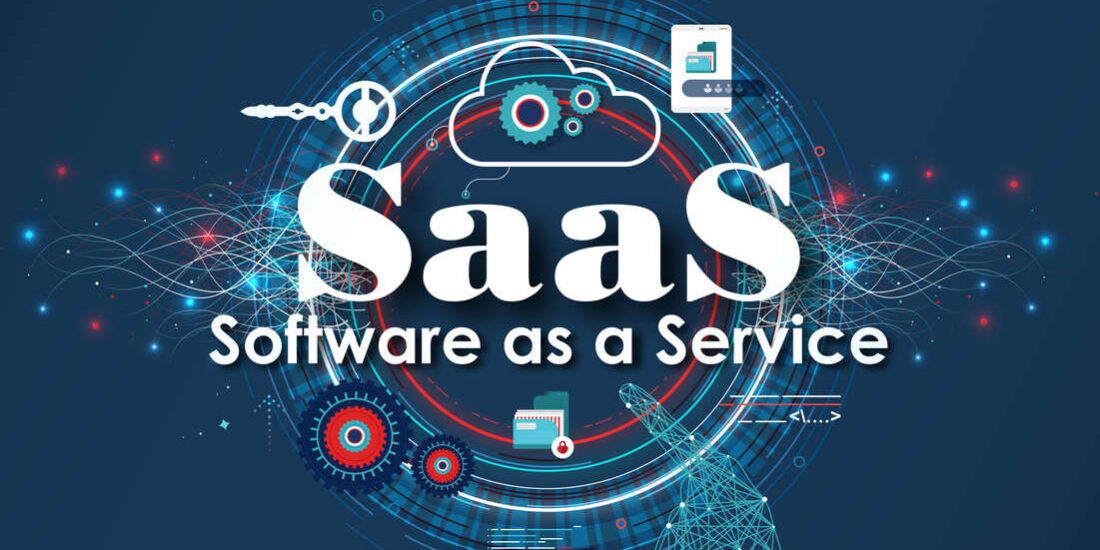The small-business customer base of traditional banking institutions is being challenged by neobanks. On top of that, nonbank companies that don’t brand themselves as neobanks—such as QuickBooks, Square and Shopify—are also adopting banking products for this market.
Currently, at least 100 fintechs offer digital tools that make it relatively easy to perform cash-flow management, accounts payable, invoicing and other functions. A dozen or more neobanks offer similar management tools in addition to at least one traditional banking product such as loans, estimates says Robin Borelli, head of the financial services practice at CI&T, a New York-based digital transformation provider.
Besides digital tools, neobanks aim to provide nimble money movement and products. When a customer makes an online purchase, for instance, some neobanks can credit the merchant’s account immediately. Quick loan funding is another typical perk pushed by neobanks, although interest rates may be higher.
Moreover, neobanks might also fund loans more quickly by using alternative underwriting methods, says Peter Wannemacher, principal analyst with Forrester Research. Are neobanks simply better at serving the SMB market? “That depends on what a business wants and needs.”
The advantages of banks
Businesses that prefer banks do so for three principal reasons, Wannemacher says: “rates, reliability and roots.” Indeed, bankers and experts alike consistently cite relationship bankers who have earned their trust as a key banking benefit. But sometime in the near future, he says, banks must strategize on how or whether to meet the neobank challenge.
Most will strengthen their SMB offerings, Wannemacher predicts, although a minority will decide not to extend resources on this front. That’s fine, he says, as long as it’s a strategic decision that there’s not enough to gain by making an effort—or not enough to lose by ignoring neobanks.
Some will specialize in an SMB niche “that can be based on anything—including geography,” Wannemacher says. Others, most likely large institutions, will aim for full-fledged offerings for a large SMB base, he adds.
While neobanks offer quick access to loan funding and appealing product features, their primary draw is the automation of a host of management tasks.
Banks that adopt similar digital functions and empower relationship managers to help owners use those tools can strengthen their ties with customers, Borelli says. For instance, if a bank offers an invoicing and cash-flow forecasting function, a relationship manager could work with an owner to discuss where the business should be at various points in time.
In the view of many industry observers, banks haven’t met neobanks with a full-throttled defense. But “the progress community banks and other financial institutions are making … to compete with neobanks should not go understated,” observes Chris Zingo, senior vice president of Finastra, a London-based financial services firm.
TowneBank, a $15 billion bank based in Portsmouth, Virginia, has put a lot of energy into treasury management software and the mobile experience. The bank, which specializes in serving businesses with less than $10 million in annual revenue, provides a range of digital offerings, including a breakeven analysis and a profit-margin analysis. Businesses can also connect their TowneBank accounts to QuickBooks or Quicken.
But that doesn’t mean TowneBank is trying to replicate the neobank experience. Its core tie with its “business members”—the bank’s preferred term for customers—is the bankers who regularly visit the sites of current and prospective business members.
TowneBank leveraged its intimate ties and experience with its SMB members to guide its purchase of online tools that members were likely to value, explains Brad Schwartz, president of TowneBank.
U.S. Bank, headquartered in Minneapolis, buys or builds a wide range of products to “simplify management,” says Lynn Heitman, executive vice president and business banking segment leader.
Regular surveys and panel discussions with members of the bank’s wide SMB customer base provide insights into the capabilities that are needed. For instance, U.S. Bank bought Bento Technologies to expand the bank’s software offerings and improve its accounts receivable, accounts payable and related services.
Informative content on management subjects is also available. “It is the integration of tools and information that is so powerful,” says Heitman. “That is what we hear from (businesses).”
Digital assistance doesn’t replace the human relationship, but, rather, complements it, Heitman adds. “Our managers can sit down and walk through a working capital discussion, and share ideas and insights from digital tools.”
Marilyn Kennedy Melia is a Chicago-area financial writer.


























